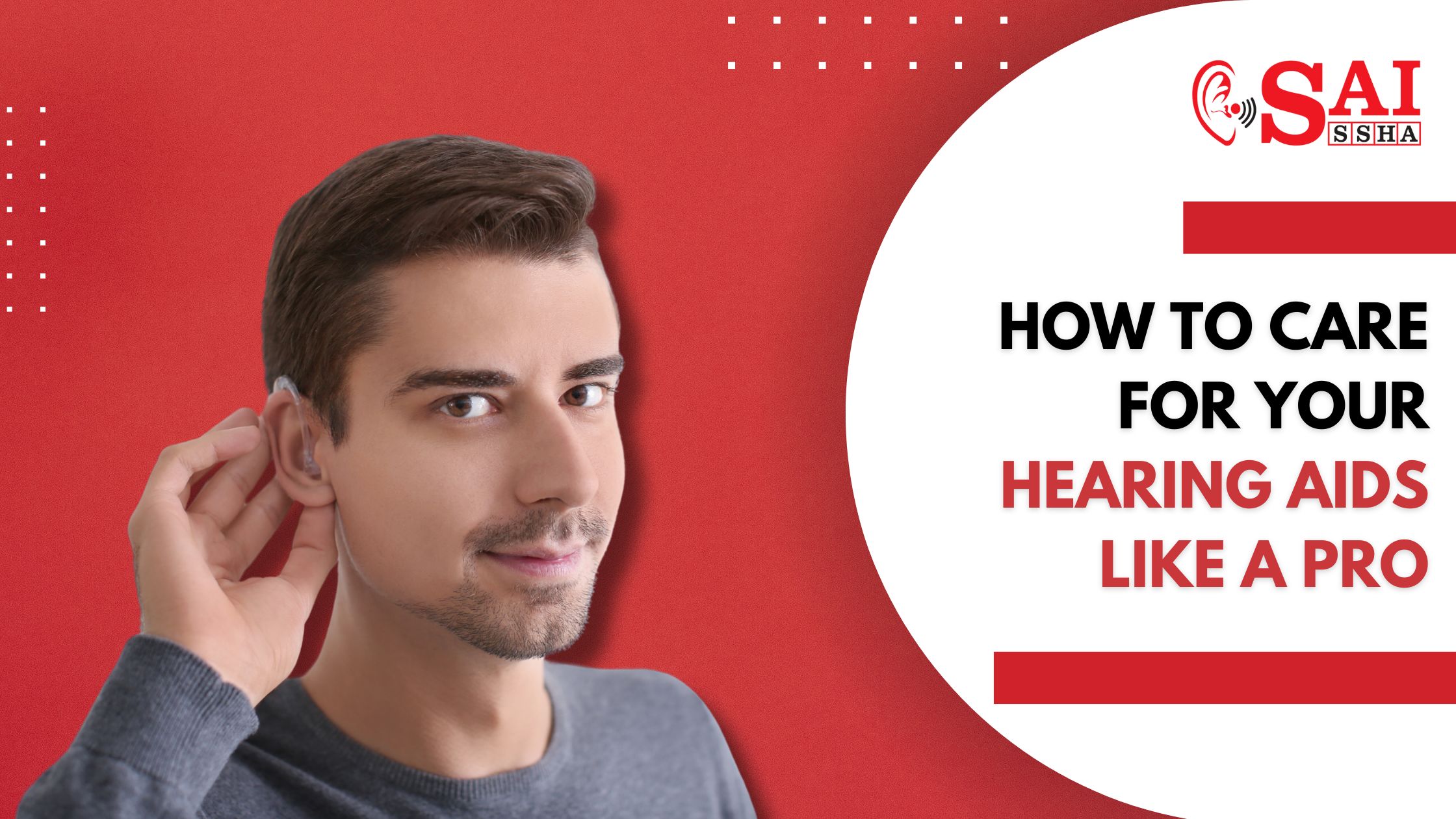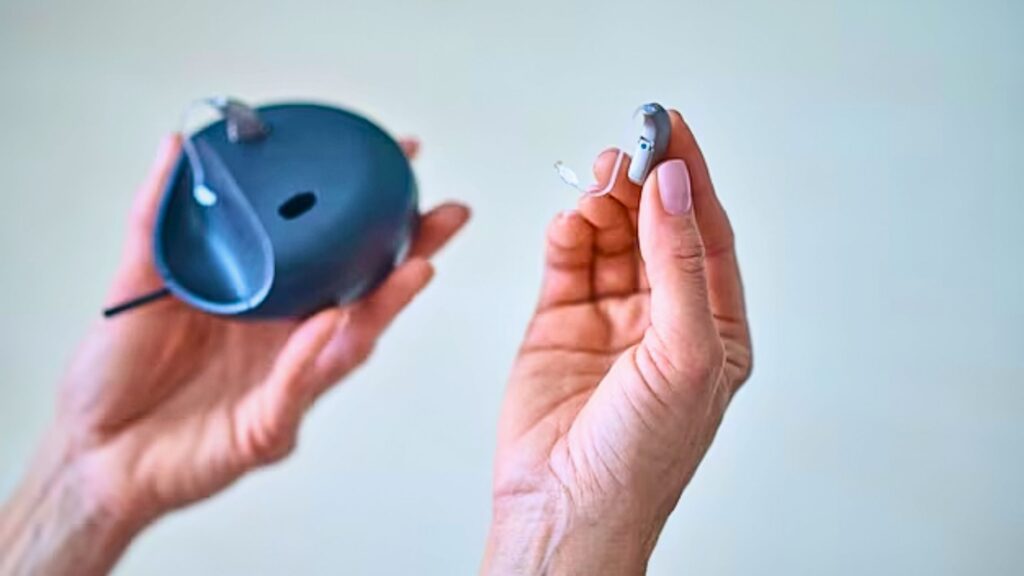

Introduction
Hearing loss is a complex condition that affects millions of people worldwide, and understanding its types and causes is crucial for effective management and treatment. There are primarily three types of hearing loss: conductive, sensorineural, and mixed. Conductive hearing loss occurs when sound waves cannot efficiently travel through the outer ear canal to the eardrum and the tiny bones of the middle ear, often due to blockages, fluid, or ear infections. Sensorineural hearing loss, the most common type, results from damage to the inner ear or the auditory nerve, often caused by aging, exposure to loud noises, or genetic factors. Mixed hearing loss is a combination of both conductive and sensorineural issues.

The Benefits of Early Intervention
Early intervention in hearing loss is crucial for maximizing communication abilities and enhancing overall quality of life. When hearing loss is detected and addressed promptly, individuals can better navigate social interactions, educational settings, and workplace environments. Studies show that early intervention can significantly reduce the risks of related issues, such as cognitive decline and social isolation. By utilizing hearing aids or other assistive devices at the first signs of hearing loss, individuals can maintain their connections with family and friends, fostering emotional well-being. Furthermore, early intervention supports language development in children, setting them up for success in school and beyond.
How to Care for Your Hearing Aids
Caring for your hearing aids is essential to ensure their longevity and optimal performance. Start by cleaning your devices daily with a soft, dry cloth to remove moisture, dust, and earwax, which can affect sound quality. Use a brush or a soft toothbrush to gently clean any filters or microphones, avoiding excessive force that could damage delicate components. It’s also important to store your hearing aids in a cool, dry place when not in use—consider using a dehumidifier or a protective case to prevent moisture buildup. Replace batteries as needed and keep a supply on hand to avoid interruptions in usage. Regularly schedule check-ups with your audiologist to ensure your hearing aids are functioning correctly and to make any necessary adjustments. By following these simple care tips, you can keep your hearing aids in excellent condition and enjoy clearer sound for years to come.

Symptoms and Management
Hearing loss can manifest in various ways, with symptoms often including difficulty understanding conversations, especially in noisy environments, frequently asking others to repeat themselves, and experiencing a sensation of muffled sounds. Individuals may also notice ringing or buzzing in their ears, known as tinnitus, which can accompany hearing loss. Effective management begins with a thorough evaluation by a qualified audiologist, who can determine the type and severity of hearing loss. Treatment options may include the use of hearing aids, which amplify sounds and improve communication, as well as assistive listening devices that enhance specific listening situations.

The Latest Technology in Hearing Aids
The latest advancements in hearing aid technology are revolutionizing the way individuals experience sound, making it easier than ever to connect with the world around them. Modern hearing aids now come equipped with features like Bluetooth connectivity, allowing users to stream audio directly from their smartphones, televisions, or other devices, enhancing their listening experience in various settings. Additionally, smart hearing aids utilize artificial intelligence to automatically adjust settings based on the environment, ensuring optimal sound quality whether in a quiet room or a bustling restaurant.
Conclusion
In conclusion, the latest technology in hearing aids has transformed the way individuals manage their hearing health, offering a level of customization, convenience, and connectivity that was unimaginable just a few years ago. With features like Bluetooth streaming, AI-driven adjustments, and advanced noise-cancellation, modern hearing aids are designed to meet the unique needs of each user, enhancing their overall quality of life. As these devices continue to evolve, they not only bridge the gap between individuals and the sounds of the world around them but also foster deeper connections with family and friends. Embracing these technological advancements can empower those with hearing loss to engage more fully in social situations and enjoy life’s many sounds, reinforcing the importance of staying informed about the options available.